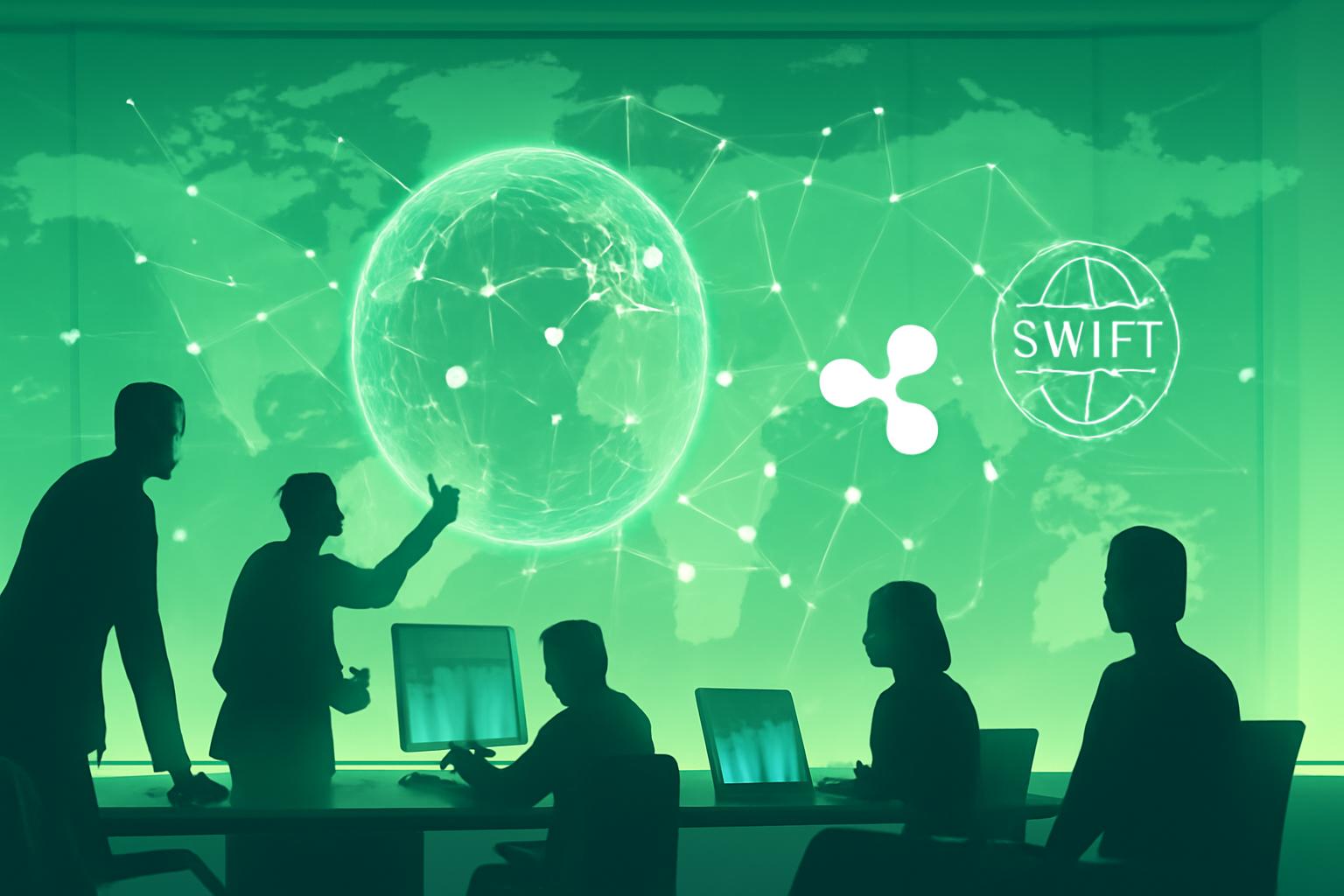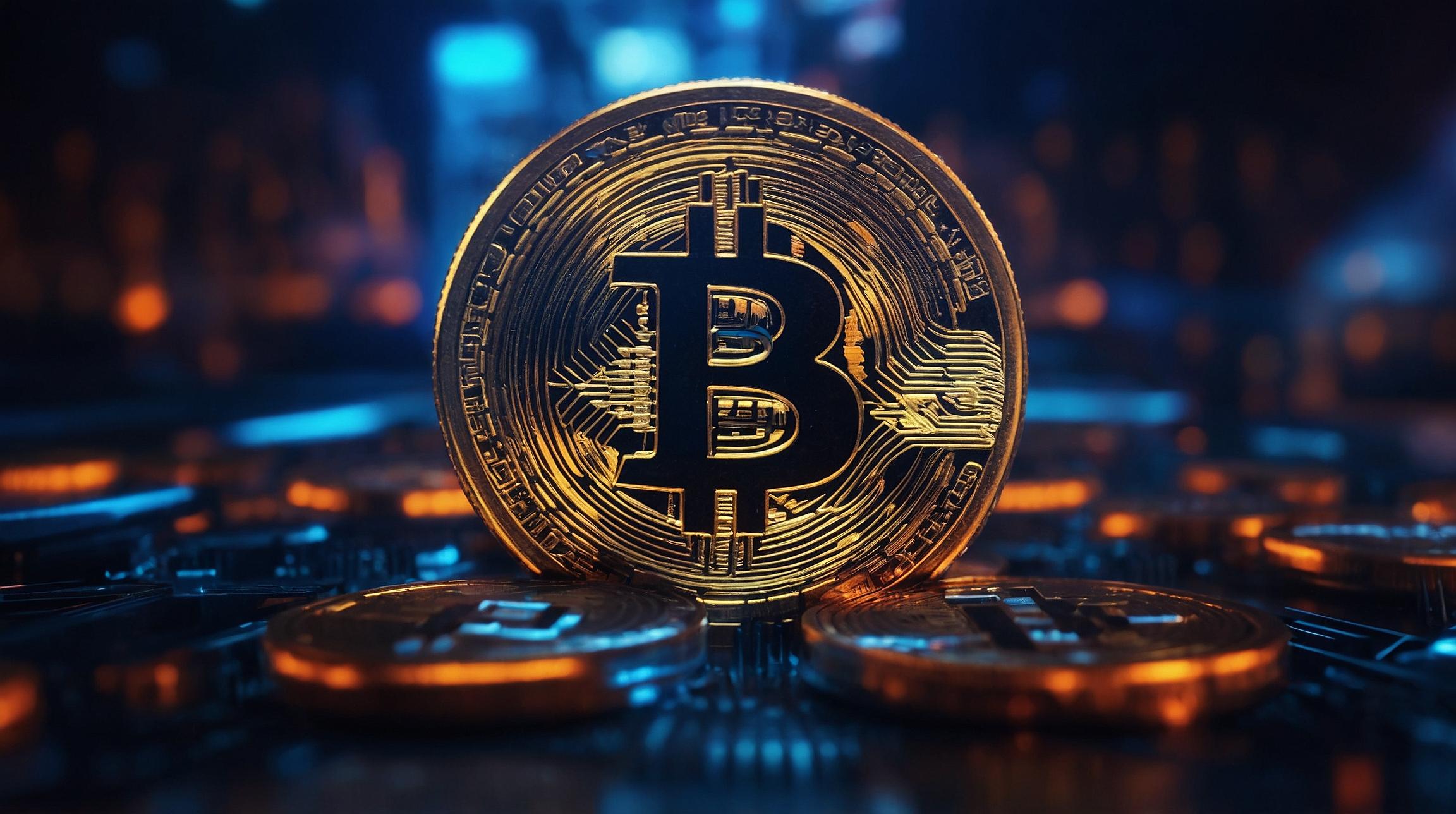Ripple Concludes SEC Litigation, Paving Way for Payment Innovation
After years of litigation, Ripple Labs has settled its high-profile legal battle with the U.S. Securities and Exchange Commission (SEC), finally bringing clarity to the regulatory status of its digital asset XRP. This resolution reignites questions about whether Ripple can now position XRP as a credible blockchain-based alternative to the decades-old SWIFT network that dominates international money transfers.
SWIFT’s Legacy and Limitations
Founded in 1973, the Society for Worldwide Interbank Financial Telecommunication (SWIFT) has long been the backbone of global financial messaging. It facilitates over 53 million daily messages across more than 11,500 institutions in 220 countries, enabling banks to coordinate cross-border payments.
However, SWIFT functions solely as a messaging system; actual settlement depends on interbank relationships and clearinghouses. Critics highlight that SWIFT transactions can be slow, costly, and opaque. According to SWIFT’s own data from January 2024, 10% of transactions fail and 5% settle late.
Despite upgrades like the forthcoming ISO 20022 standard aimed at improving data clarity and transparency by late 2025, many industry observers view SWIFT as entrenched legacy technology reliant on decades-old XML protocols.
Ripple’s Technological Edge and Market Position
Ripple CEO Brad Garlinghouse has long contended that blockchain technology offers superior throughput, transparency, and cost efficiency compared to SWIFT. Ripple’s XRP Ledger enables faster settlement times and lower fees, positioning it as a modern alternative for cross-border payments.
Ripple has secured partnerships with various financial institutions globally, even amid its prolonged SEC litigation. XRP’s price surged approximately 400% in the past year, reflecting renewed market interest following regulatory clarity.
Challenges to Displacing SWIFT
Despite these advantages, Ripple faces significant hurdles in supplanting SWIFT’s entrenched network. Cassie Craddock, Ripple’s Managing Director for UK and Europe, emphasized that blockchain is viewed more as a means to augment and modernize existing financial rails rather than outright replace them.
Two primary obstacles remain: usability and regulatory acceptance. The lengthy SEC lawsuit, initiated in December 2020 over alleged unregistered securities sales, created uncertainty and slowed adoption in the U.S. Though the court ruled in 2023 that programmatic XRP sales did not require securities registration, institutional sales did, resulting in a $125 million penalty finalized in August 2024. Appeals were dropped in August 2025 amid shifting regulatory priorities under the new SEC leadership.
Furthermore, banks’ operational inertia is formidable. A pseudonymous software engineer known as Vincent Van Code noted that replacing SWIFT requires multi-year, costly overhauls with significant operational risks. SWIFT’s ubiquity and network effect make it the default, lowest-risk option for many institutions.
Regulatory Developments and Stablecoins as Bridges
New U.S. legislation, including the GENIUS Act, aims to provide clearer regulatory frameworks for stablecoins, potentially easing institutional adoption of blockchain-based payment systems. Ripple’s issuance of Ripple USD, a stablecoin pegged 1:1 to the U.S. dollar, exemplifies this trend toward bridging traditional finance and crypto.
Craddock highlighted that institutions favor solutions that feel familiar, and stablecoins offer a compliant, cash-like digital instrument that is gaining traction among traditional financial players.
Outlook: Can Ripple Challenge SWIFT?
While Ripple’s legal resolution removes a major barrier, the path to displacing SWIFT remains complex. Banks’ risk aversion, legacy system dependencies, and uneven global regulations pose significant challenges.
Nonetheless, the growing legislative support for private stablecoins and the increasing openness of financial institutions to blockchain technology signal potential for Ripple and XRP to play a meaningful role in the future of cross-border payments.
FinOracleAI — Market View
Ripple’s resolution of its SEC litigation provides crucial regulatory clarity for XRP, reducing legal uncertainty and potentially accelerating institutional adoption in the U.S. This development supports increased market confidence in Ripple’s blockchain solutions as alternatives to legacy systems like SWIFT.
However, the entrenched nature of SWIFT’s global network and regulatory fragmentation continue to limit Ripple’s immediate disruption potential. Investors should monitor regulatory developments around stablecoins and institutional partnership announcements as key indicators of Ripple’s ability to gain market share.
Impact: positive













